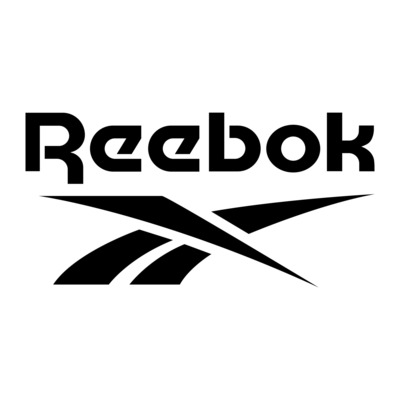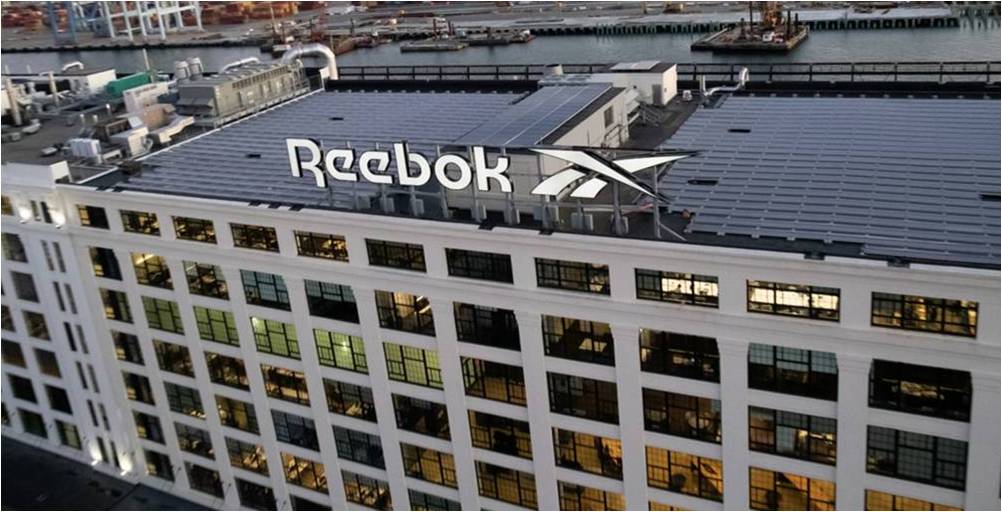
Reebok: An Evolutionary Tale from Local Athletic Footwear to Global Sports Brand
Reebok, a name synonymous with fitness, athleticism, and style, has been a significant player in the sports footwear and apparel industry for well over a century. With a rich history steeped in innovation, quality, and an unwavering commitment to athletes, Reebok’s journey is an inspiring testament to vision, resilience, and adaptability. This article will trace the brand’s fascinating trajectory from its humble beginnings to its current standing as a globally recognized brand.
Start of Production
Reebok’s origins can be traced back to 1895 in Bolton, England, when Joseph William Foster, an avid member of his local running club, began creating hand-stitched running shoes spiked with nails to enhance traction. This marked the inception of J.W. Foster and Sons, the precursor to Reebok, establishing a legacy of innovation that would shape the brand’s future.
Early Successes
J.W. Foster and Sons gained considerable recognition when notable athletes like Alfred Shrubb began sporting their innovative footwear. This international recognition culminated in the 1924 Summer Olympics, where British athletes raced to victory wearing the revolutionary spiked shoes, bolstering the brand’s reputation for performance-enhancing footwear. This period also saw significant production innovations, like the introduction of shoes designed specifically for different running styles, a novel concept at the time.
New Name and Transition to US Hands
In 1958, two of Foster’s grandsons, Joe and Jeff, renamed the company Reebok, inspired by the Afrikaans word for a type of African antelope, symbolizing speed and agility. The brand truly began its journey to global prominence when American businessman Paul Fireman acquired the exclusive North American licensing rights in 1979.

Logo Change and Innovative Technologies
Throughout the 80s and 90s, Reebok was at the forefront of innovative technologies, introducing air-cushioned shoes, energy-return foam, and other advancements that redefined sports footwear. The brand also changed its logo to the “Vector”, symbolizing motion and positivity, underpinning Reebok’s dedication to enabling athletes to reach their fullest potential.
Adidas Takeover
In 2005, in a landmark development, Adidas acquired Reebok, marking a new chapter in the brand’s evolution. The acquisition brought together two of the world’s most renowned sports brands, combining their strengths to compete more effectively in the global marketplace. Under Adidas’s stewardship, Reebok has continued to grow, expanding its product offerings and solidifying its position as a fitness powerhouse.
In conclusion, the history of Reebok is a captivating narrative of innovation, growth, and resilience. From its inception in a small English town to its current global stature, the brand has consistently pushed boundaries to better serve athletes worldwide. Reebok’s journey serves as a powerful reminder that with vision, innovation, and an unwavering commitment to excellence, even the most humble beginnings can give rise to a globally recognized brand.
